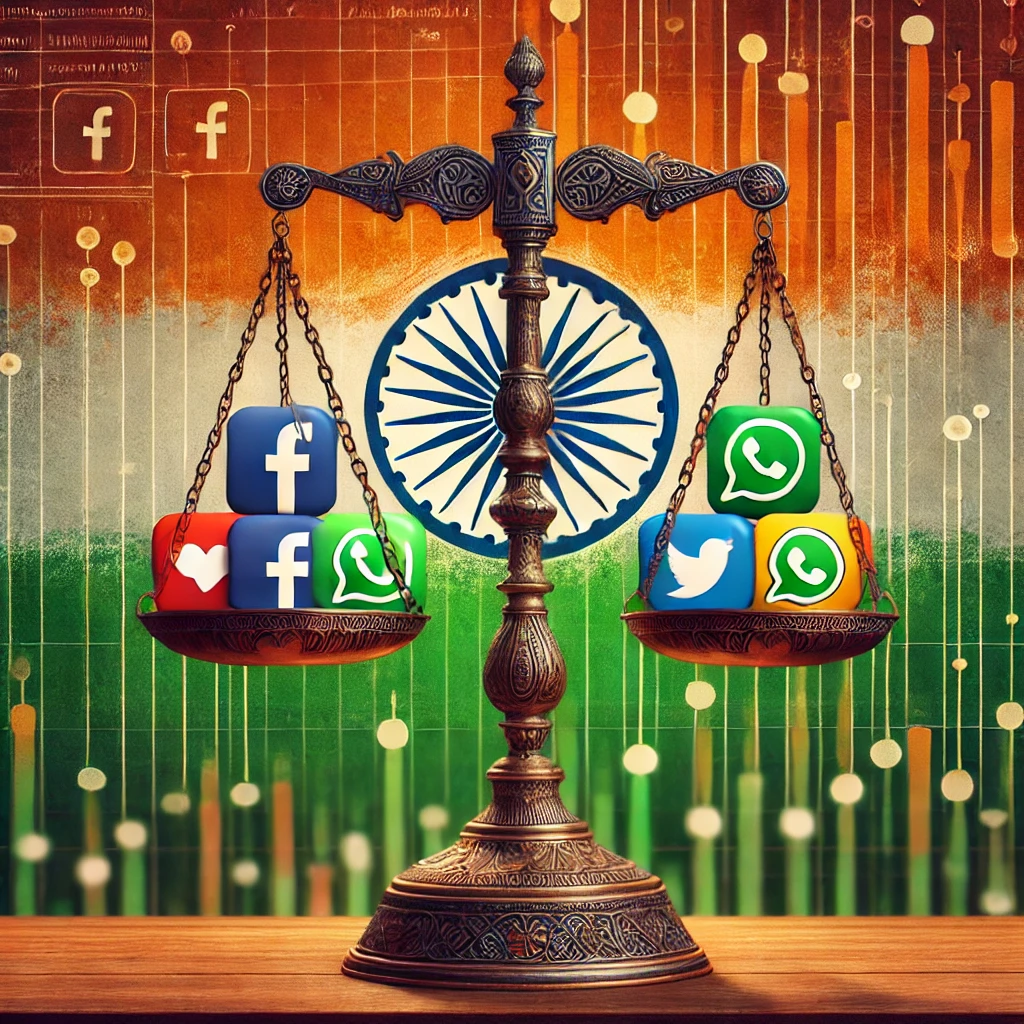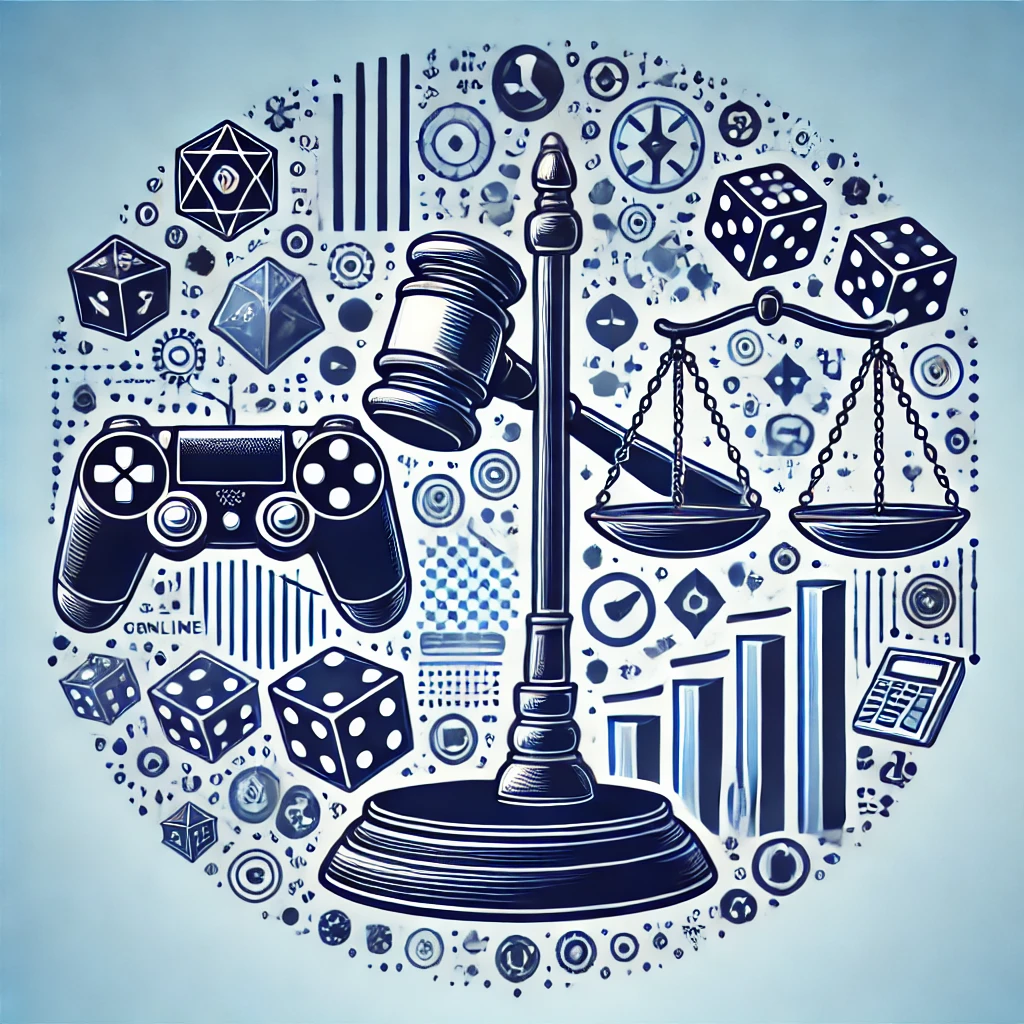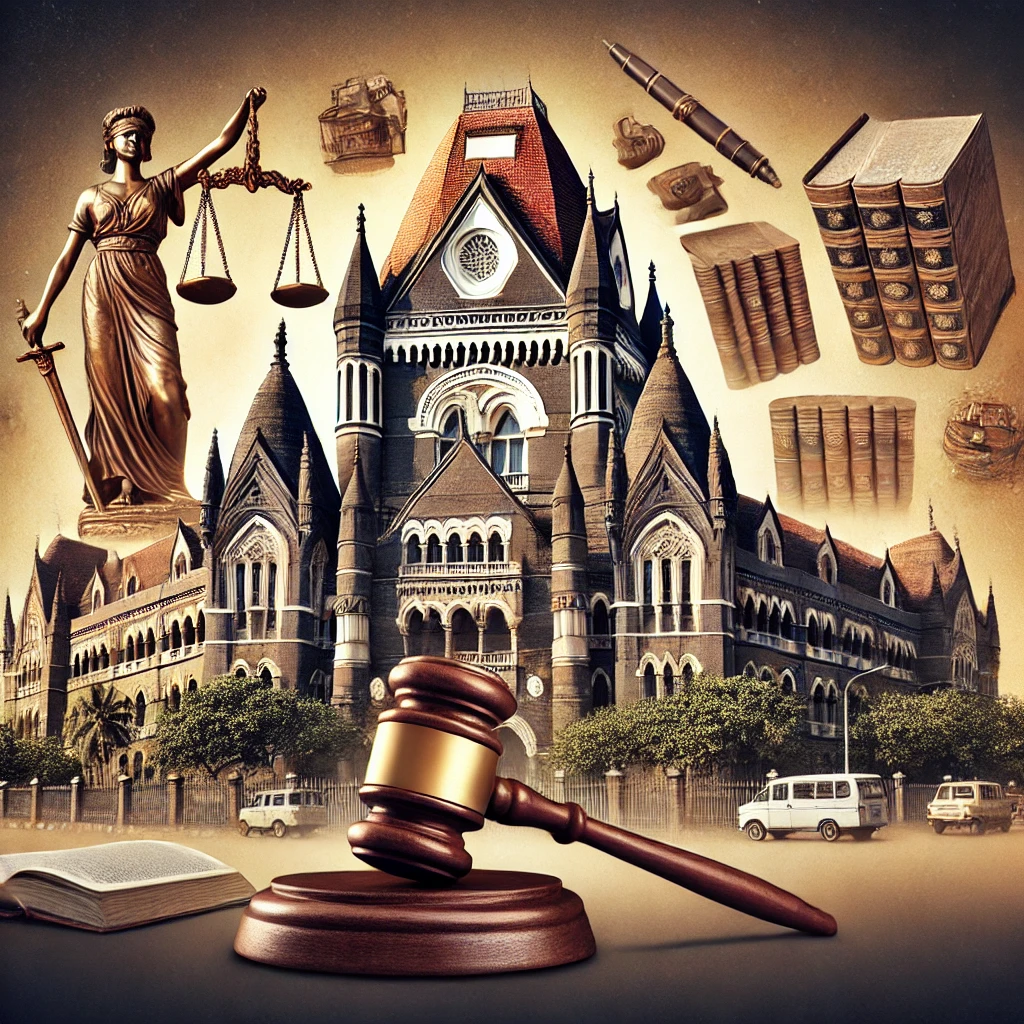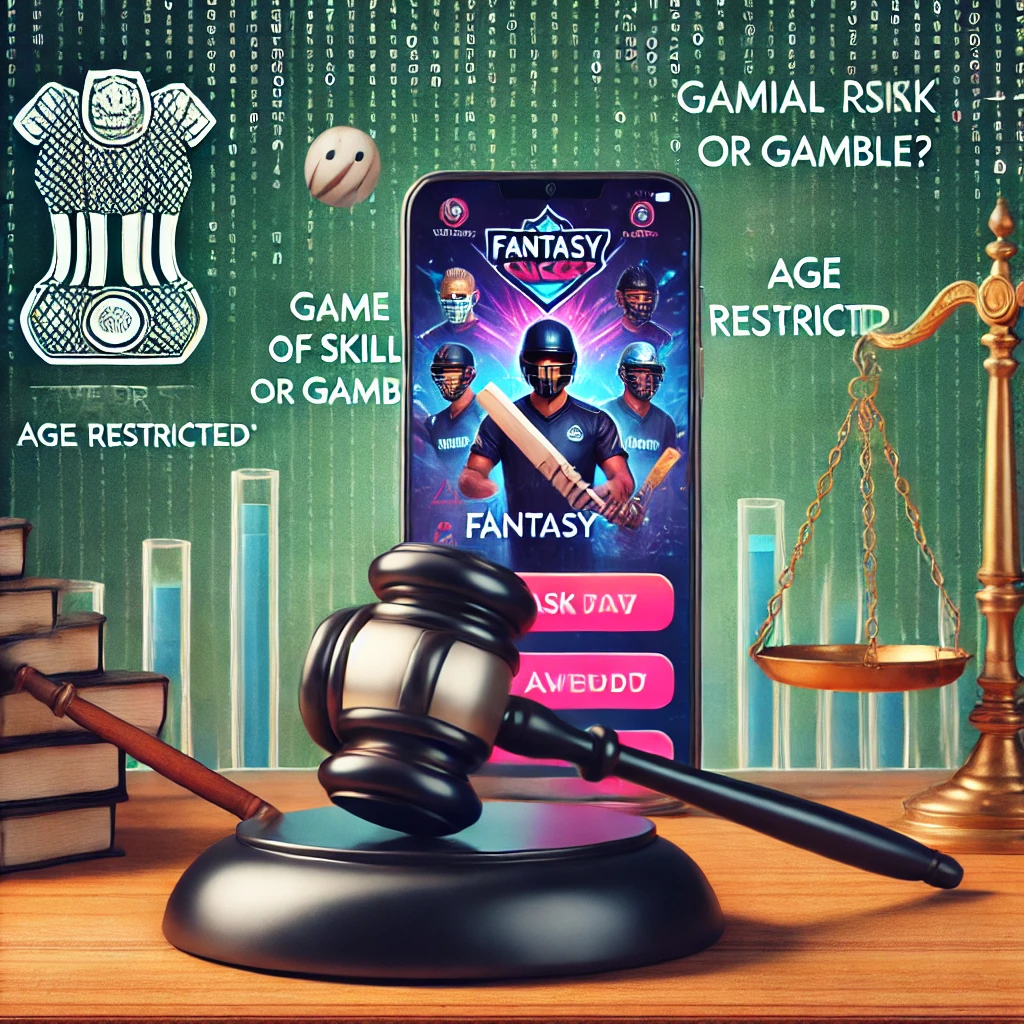Music Sampling and Copyright Infringement under Entertainment Law
Music Sampling and Copyright Infringement under Entertainment Law
🎵 What is Music Sampling?
Music sampling is the practice of taking a portion, or sample, of a sound recording or composition and reusing it in a new piece of music. Sampling can include melodies, rhythms, vocals, or other sound elements.
⚖️ Legal Issues in Music Sampling
Music sampling raises significant legal questions under copyright law, primarily involving:
Whether the sample infringes on the copyright in the sound recording or the underlying musical composition.
Whether the use qualifies as fair use or requires a license.
The scope of transformative use and de minimis (minimal) use.
Copyright Protections Relevant to Sampling
Sound Recording Copyright: Protects the actual recorded performance.
Musical Composition Copyright: Protects the underlying music and lyrics.
Sampling often implicates both.
Key Case Laws on Music Sampling and Copyright Infringement
1. Grand Upright Music, Ltd. v. Warner Bros. Records Inc. (1991)
Facts:
Rapper Biz Markie sampled a portion of Gilbert O’Sullivan’s song “Alone Again (Naturally)” without permission.
The copyright owner sued for infringement.
Issue:
Is unauthorized sampling copyright infringement?
Holding:
The court ruled in favor of the plaintiff, stating that unauthorized sampling constitutes copyright infringement.
Reasoning:
The judge famously began the opinion with, “Thou shalt not steal.”
The decision rejected any argument that sampling could be fair use or allowed without a license.
The ruling established that clearances must be obtained before using samples.
Significance:
This case marked a turning point in music sampling law.
After this, artists and record companies became much more cautious, often licensing samples before use.
2. Campbell v. Acuff-Rose Music, Inc. (1994)
Facts:
The rap group 2 Live Crew created a parody of Roy Orbison’s “Oh, Pretty Woman.”
The case questioned whether their parody was a fair use despite using a recognizable part of the song.
Issue:
Is a commercial parody a fair use of a copyrighted song?
Holding:
Yes. The Supreme Court ruled that parody can be fair use, even if it is commercial.
Reasoning:
The Court balanced factors of fair use, including the purpose (parody), amount taken, and market effect.
Parody is transformative because it comments on the original work.
Commercial nature does not automatically negate fair use.
Significance:
The case clarified that transformative uses, like parody, can be fair use despite sampling.
It did not apply directly to music sampling but shaped fair use doctrine relevant to it.
3. Bridgeport Music, Inc. v. Dimension Films (2005)
Facts:
The rap group N.W.A. sampled a two-second guitar chord from a Funkadelic song.
The court had to decide if this small sample constituted infringement.
Issue:
Is unauthorized sampling of even a small sound recording a copyright violation?
Holding:
Yes. The Sixth Circuit held that any unauthorized sampling, no matter how small, is infringement.
Reasoning:
The court adopted a "get a license or do not sample" rule.
It rejected the idea of a de minimis defense for sound recordings.
The decision was strict and heavily favored copyright owners.
Significance:
This case is infamous for creating a zero-tolerance approach to sampling in the Sixth Circuit.
It sparked criticism for being too rigid and detrimental to creativity.
4. VMG Salsoul, LLC v. Ciccone (2016)
Facts:
Madonna’s song “Vogue” contained a one-second sample of a horn hit from a 1970s disco record.
The plaintiff claimed infringement.
Issue:
Does unauthorized use of a very short, altered sample infringe?
Holding:
The Ninth Circuit held that the sample was not recognizable and thus did not constitute infringement.
Reasoning:
The court applied a de minimis analysis, ruling the sample was too small to be protectable.
The sample was transformed and not identifiable in the new work.
Significance:
This case contrasts with Bridgeport by allowing very small, unrecognizable samples.
It shows that courts in different jurisdictions apply different standards.
5. Newton v. Diamond (2003)
Facts:
The Beastie Boys sampled a six-second flute note from a copyrighted composition by James Newton.
The defendant argued the sample was de minimis.
Issue:
Is a very small sample of a musical composition infringement?
Holding:
No. The court found that the sample was de minimis and did not infringe the composition copyright.
Reasoning:
The sampled portion was not qualitatively or quantitatively significant.
The court focused on the substantial similarity test.
Significance:
The case provides an important precedent for de minimis defense regarding musical compositions.
It distinguishes between composition and sound recording infringement.
🌟 Summary Table of Key Cases
| Case | Year | Holding | Key Principle |
|---|---|---|---|
| Grand Upright Music v. Warner Bros | 1991 | Unauthorized sampling is infringement | Licensing required for sampling |
| Campbell v. Acuff-Rose Music | 1994 | Parody can be fair use, even if commercial | Fair use for transformative parody |
| Bridgeport Music v. Dimension Films | 2005 | Any unauthorized sampling is infringement | No de minimis for sound recordings |
| VMG Salsoul v. Ciccone | 2016 | Tiny unrecognizable samples may not infringe | De minimis defense for sound samples |
| Newton v. Diamond | 2003 | Very small samples can be de minimis | De minimis defense for composition |
🔍 Key Legal Takeaways
Clearance is key: Most sampling requires permission/licenses from rights holders.
Fair use is limited: Parody is a common fair use defense, but most sampling is commercial and not transformative enough.
De minimis exception: Courts differ on whether very small or altered samples constitute infringement.
Sound recording vs composition: Separate copyrights apply; infringement can be claimed for either.
Jurisdiction matters: Courts vary in their approaches to sampling and infringement.












0 comments